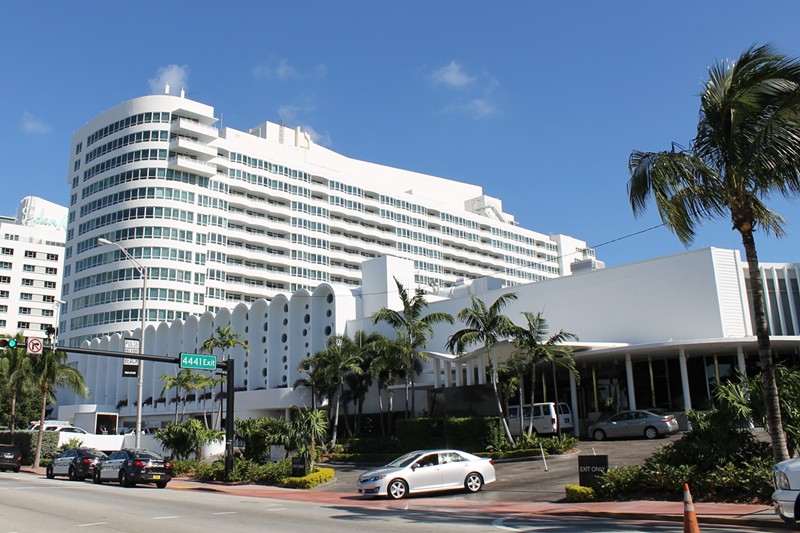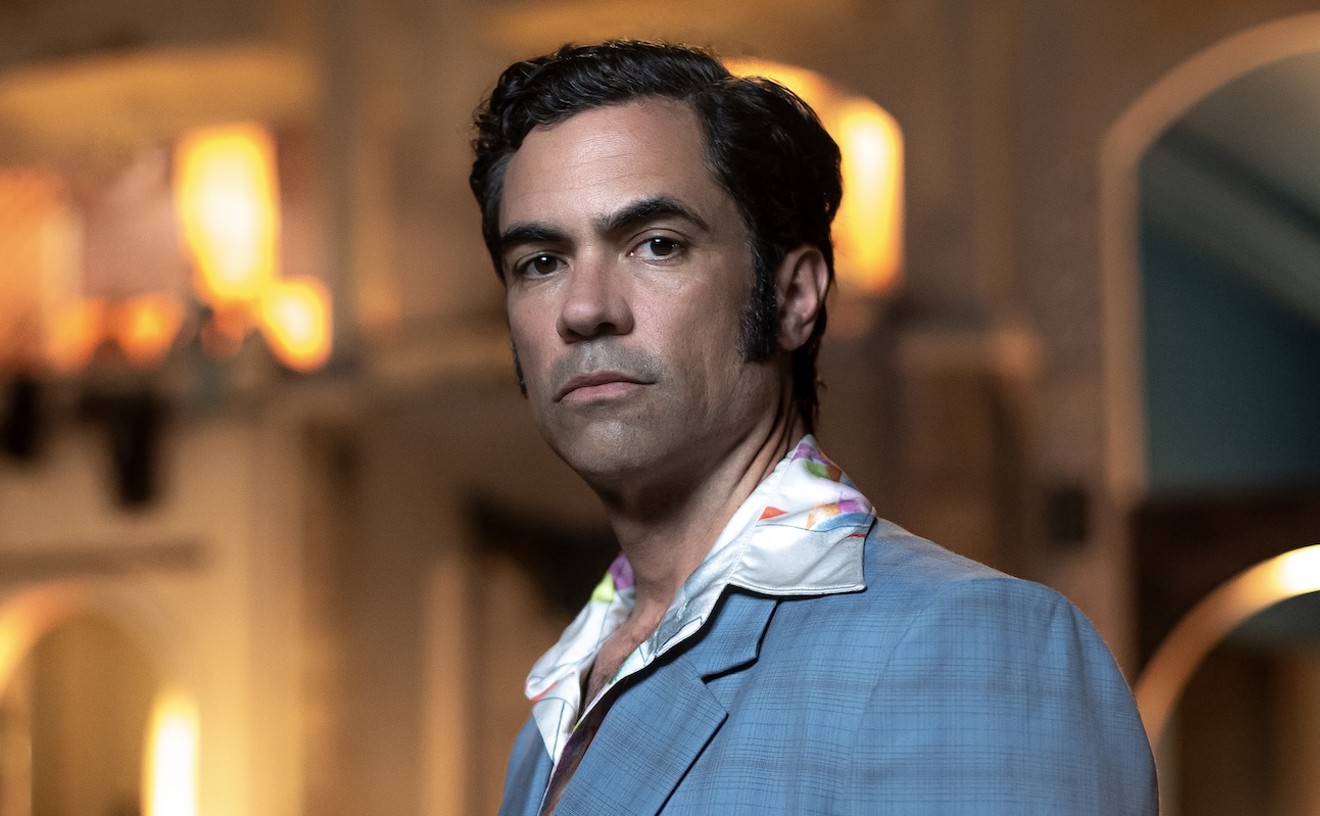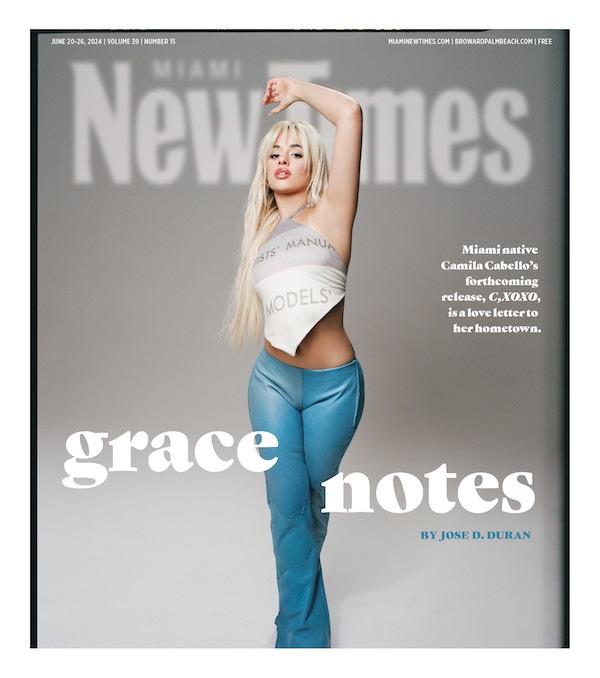While art deco gems still line many blocks of the Magic City, several other architectural styles can be found across Miami. The area even has buildings that blend elements from various styles, and the architecture serves as a fitting reflection of Miami's diverse and interwoven cultural populations.
Here's a primer on a few styles to look for and some suggestions on where to spot them.
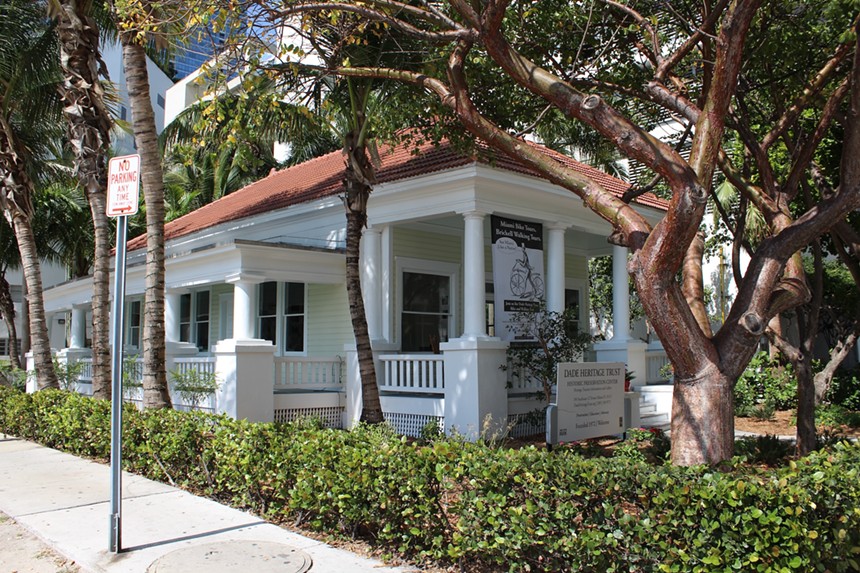
The bungalow that houses the Dade Heritage Trust stands out among a sea of high-rise buildings in Brickell.
Photo by Phillip Pessar/Flickr
Bungalow
Take a winding walk through the high-rises of Brickell, and you'll happen upon the Dade Heritage Trust building, which is housed in a petite bungalow home that beckons back to the neighborhood's history (albeit with a Mediterranean red roof and columns). The bungalow, as we now use it, is a bit of a misnomer, as bungalows in historic Brickell could be two stories tall with five bedrooms. Bungalows in Miami incorporate several craftsman characteristics, such as a wide front porch, double-hung windows, raised floors, carved wood-working details, and a sloped roof. In the area realtors like to call "West Brickell" — also known as Shenandoah, pockets of Calle Ocho, and slightly further into Silver Bluff — these craftsman characteristics are still seen in many homes. In the Grove, the Barnacle is an excellent example of craftsman bungalow elements, as are the slim single-family wooden homes that line the entry into Grand Avenue.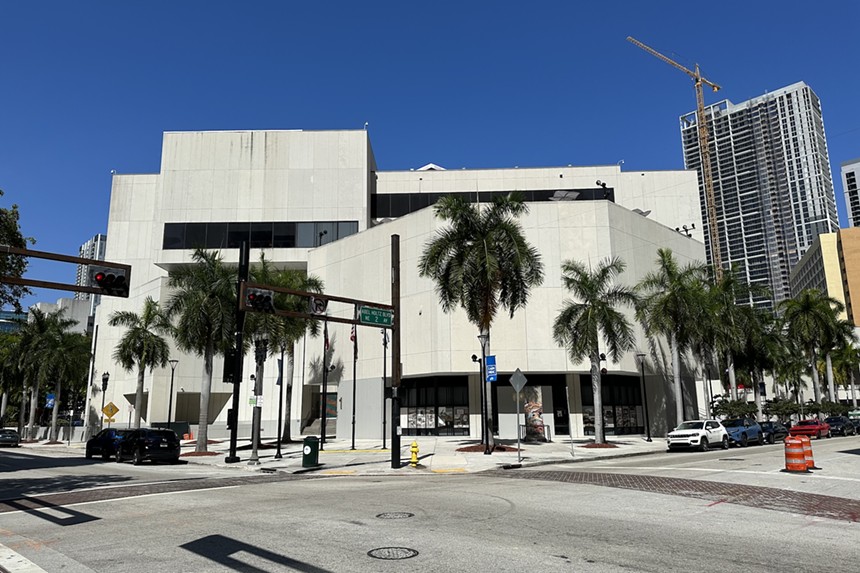
The main building at Miami Dade College's Wolfson Campus encapsulates brutalism's function-over-form ethos.
Photo by Phillip Pessar/Flickr
Brutalist
Characterized by raw concrete, function over form, and geometric edges, the brutalist style can be spotted in clean lines and unadorned structures of historic government buildings like the Richard E. Gerstein Justice Building, the C. Clyde Atkins U.S. Courthouse, and the 1111 mixed-use building on Lincoln Road. As the overall design landscape in Miami has evolved, we have seen elements of a subcategory of brutalism, aptly called green brutalism, which merges the austerity of concrete with the life of attached greenery and native plants to facades, has considerations of energy efficiency, utilizes natural light, and uses sustainable materials. Living walls on concrete structures are a great example. This is represented fairly straightforwardly in the hanging gardens at the Pérez Art Museum Miami, though the building itself is a blend of brutalist raw concrete with elements of tropical modernism, as seen in its enormous windows and massive pergola-style roof element. Green brutalism is a thoughtful and eco-aware design style that we should hope to see more of throughout Miami.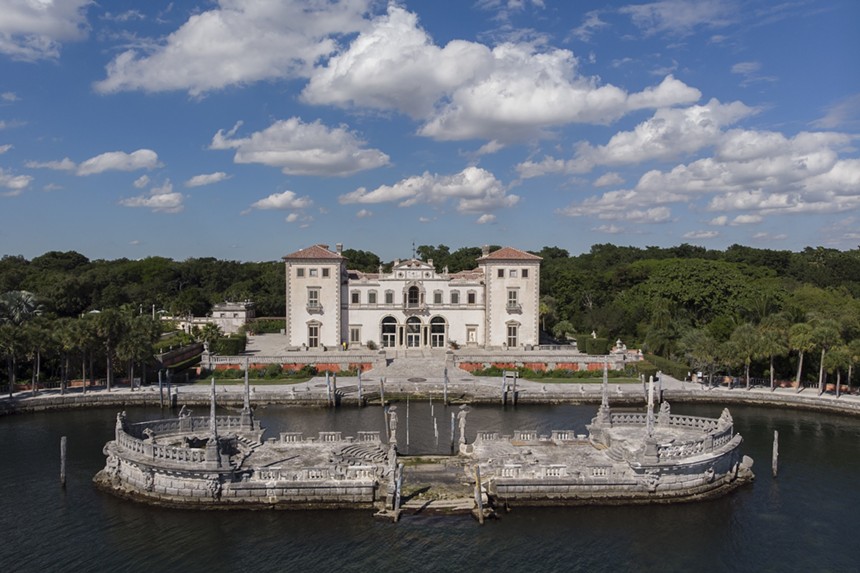
Vizcaya's main house is the city's most noteworthy example of Mediterranean revival.
Photo by Robin Hill
Mediterranean Revival
Miami, like many American cities, has an ample amount of Mediterranean revival — or Spanish colonial — architecture, with our signature example in the Vizcaya Museum & Gardens, but there are elements of Mediterranean influence all over our city. Red tile roofs, stucco walls, columns and arches, and ornate façade elements are all nods to the design styles of Italy, Portugal, and Spain, with later added influence from Morocco, Greece, and France. Many single-family Miami homes from the 1960s onward blend mid-century traditional design with Mediterranean details, like red tile roofs. Influences of this style are everywhere, from the grand gardens of Vizcaya to your next-door neighbor's wrought-iron burglar bars, which originated in Spain in the 1500s to protect homes from intruders and flying storm debris, among other benefits.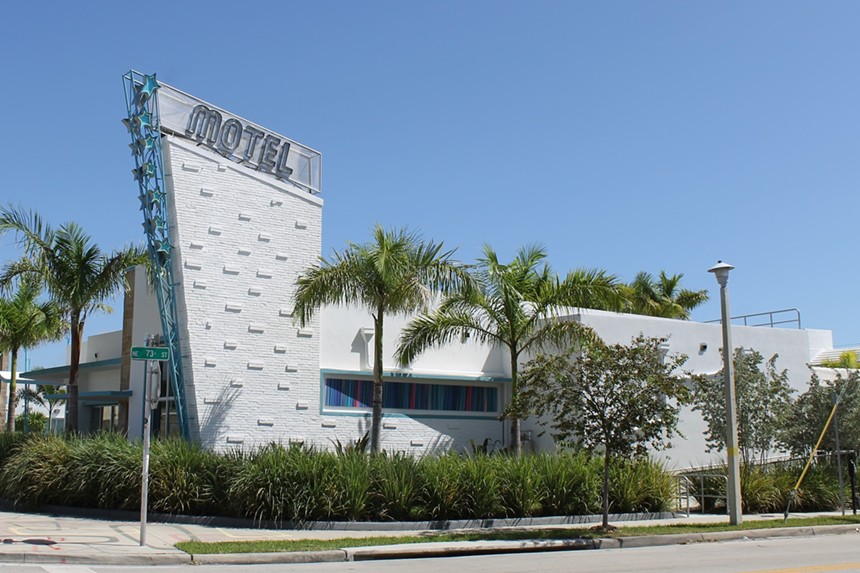
The Vagabond Motel, built in 1953 and designed by Robert Swartburg, is an example of Miami Modern architecture.
Photo by Phillip Pessar/Flickr
Miami Modern
Arguably the runner-up to art deco for the most recognizable design style in Miami, MiMo is a style characterized by a unique mix of mid-century modern details, like flat plane design, wood panel interiors, and detailed stone accent walls, paired with punchy color palettes, a la the Vagabond Hotel. According to the Miami Design Preservation League, it was popular in Miami and South Florida after World War II in the 1950s and 1960s (the mid-century). Even sliding glass doors are an homage to mid-century design. It's widely seen in Miami in the historic design of hotels, commercial buildings, multi-family residential complexes, and single-family homes throughout Miami Shores, Coral Gables, and more. You'll stumble upon several buildings that fit the MiMo style on Miami Beach, such as the Ritz or the Standard, and also in the motels along Biscayne Boulevard between 50th and 77th streets, in the neighborhood called, surprise, MiMo. Also worth mentioning: Miami Modern is a region-specific adaptation of tropical modernism.
The gold-tinted aluminum solar screen, or brise-soleil, on the Industrial National Bank Building in downtown Miami is an element of tropical modernism.
Photo by Phillip Pessar/Flickr
Tropical Modernism
Throughout Miami, you'll find a variety of buildings that classify as tropical modern. Our tropical climate invites people to wander seamlessly inside and outside, and residential and commercial buildings alike are designed with Miami's sun and tropical environment in mind. Floor-to-ceiling windows, pocket doors, natural materials, breezy corridors, and natural light maximization are design elements that Miami can attribute to tropical modernism. Wooden pergolas, like those found in restaurants (think Quinto La Huella's terrace) and many residential backyards in Miami, are a signature element of tropical modernism. Miami has old and new examples of tropical modernism, from David Fairchild's historic, Indonesian-inspired Kampong in the Grove to the newly opened Maiz y Agave on Miracle Mile, which brings open-air, multilevel Mexican architecture and design. Bonus note: Tropical modernism is currently a featured exhibit at the Victoria and Albert Museum in London, where they explained how this tropical take on an otherwise minimalist British modern style was created in West Africa and India in response to local climates. It is worth visiting if you're traveling to London this summer.Miami's built environment blends global design styles and influences throughout history. As the city continues to build, demolish, and rebuild, it is critical for Miami residents, homebuyers, lawmakers, and developers to carry on Miami's blended design legacy — which is a tangible reflection of all of us.

